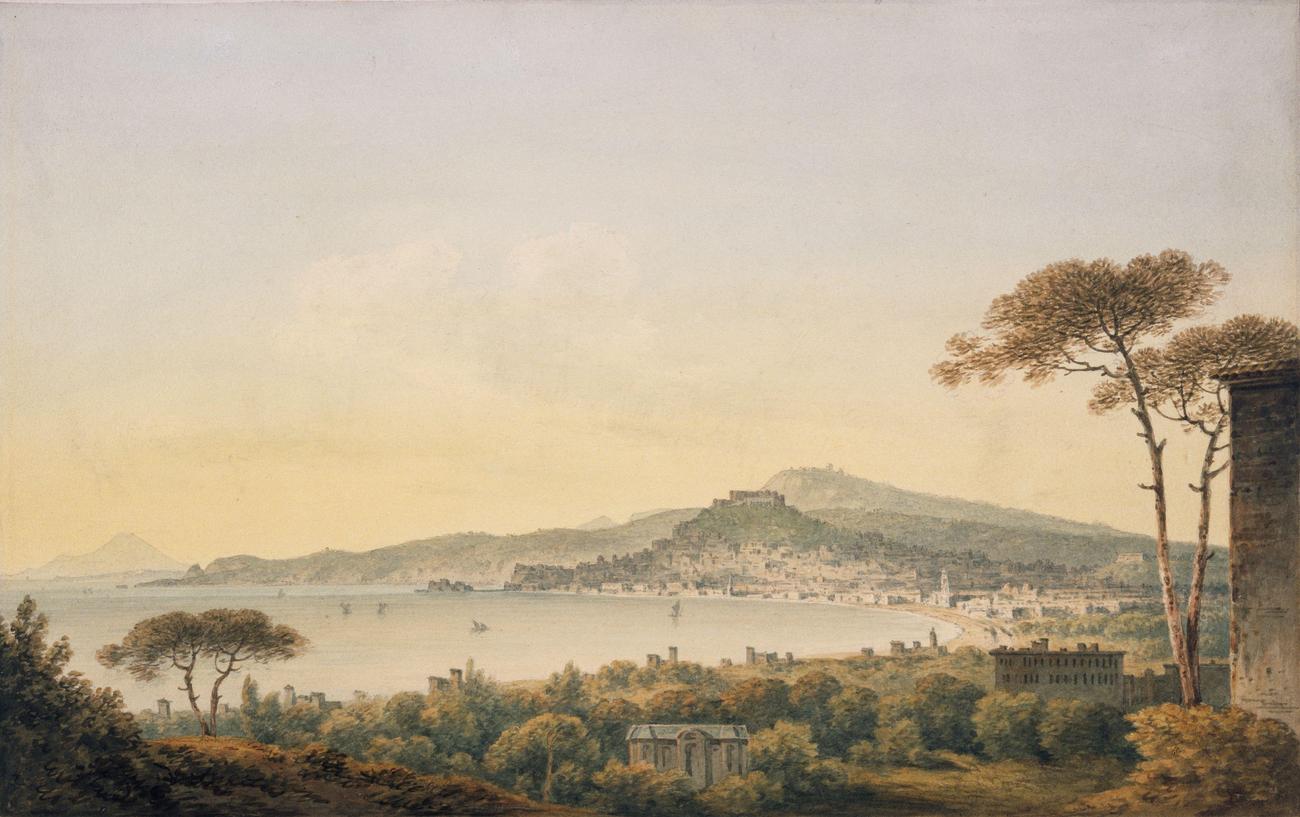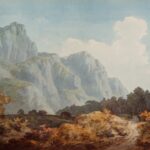Are you prepared to fully engage in the dynamic realm of painting? Anticipate to be mesmerized by the hypnotic brushwork, the harmonious amalgamation of hues, and the profound narratives that unfurl upon the canvas. This article aims to provide an in-depth analysis of the captivating art form of painting, including an examination of its techniques, an investigation into the lives of influential artists, and a revelation of the constantly evolving trends that influence the present-day art scene. Irrespective of your level of expertise or inquisitiveness, we cordially invite you to accompany us on an exploration of the mystique inherent in painting and the power that resides within every brushstroke.

Painting
Painting is a time-honored artistic tradition in which individuals manifest their emotions and creativity by means of applying pigment, paint, or other suitable substances to a physical canvas. The discipline in question is a captivating artistic tradition that has been executed for millennia, with the earliest documented paintings dating back to around 40,000 years ago. These antiquated works of art offer insight into the profound historical and cultural importance of the medium of painting.
Investigating painting methods
Painting has evolved and diversified over the course of history, spawning a multitude of styles and techniques that have been shaped by diverse cultures and epochs. Every artistic movement possesses its own distinct allure and persona, ranging from the laborious brushwork of the Renaissance to the audacious and emotive brushstrokes of Impressionism.
In painting, color and tone are fundamental components. A variety of paints and media, including acrylic, watercolor, and oil, are utilized by artists in the creation of their works. By deftly manipulating these materials, their compositions are imbued with depth, light, and emotion. Through the mastery of color interplay, artists possess the ability to fashion visually arresting experiences that elicit particular sentiments and ambiances.
Manifesting Symbolism by Means of Allegory
As a figurative mode of representation, allegory is utilized in numerous paintings to communicate symbolic meaning. By employing symbolism and meticulous composition, artists are capable of conveying intricate concepts and narratives. Allegorical paintings encourage observers to decipher concealed significance and partake in a more profound investigation of the artwork.
Certain exceptional works of art incorporate allegorical components that resonate with universal human sentiments and experiences. Paintings such as “The Persistence of Memory” by Salvador Dalí and “Mona Lisa” by Leonardo da Vinci, which are notorious for their enigmatic allure, persistently engross audiences.
Effects of photography on the art form
The advent of photography during the 19th century brought about a substantial paradigm shift in the function and intention of painting. Photography not only facilitated precise depictions and records of the world but also compelled painters to investigate novel modes of artistic expression. Subsequently, painting underwent a transformation from being exclusively a representational medium to exploring abstraction and experimentation.
Impressionism, Post-Impressionism, and Cubism were artistic movements that significantly transformed conventional painting methodologies and viewpoints. Prominent painters such as Claude Monet, Vincent van Gogh, and Pablo Picasso challenged the conventional limits of painting by employing novel brush techniques, unorthodox compositions, and fragmented perspectives in order to encapsulate the intrinsic qualities of their subjects.
Varieties in Painting Traditions
Although Western painting boasts a substantial heritage in oil painting and watercolor, it is imperative to acknowledge the distinctive artistic styles and customs that originate from Africa and Eastern regions. In reflection of their histories, beliefs, and artistic sensibilities, every culture has cultivated its own unique painting techniques and approaches.
Sumi-e and ink wash painting are Eastern painting techniques that emphasize the harmony of the ink, brushwork, and paper. The objective of these refined and delicate techniques is to convey the subject’s essence with the bare minimum of brushstrokes. In contrast, African painting frequently flourishes through the use of vivid hues, striking designs, and potent symbolism, which serve as a reflection of the continent’s multifarious cultures and narratives.
The Dynamic Developments in Contemporary and Modern Art
The evolution of painting has persisted within the realm of modern and contemporary art. Beyond conventional craftsmanship, artists have embraced novel ideas, materials, and modes of expression. Painting, in its evolution, has responded to the shifting terrain of artistic innovation, encompassing multimedia installations and abstract and conceptual art.
Diverse techniques and themes are investigated by contemporary painters, who experiment with a variety of mediums and stretch the limits of what painting can be. By challenging conventional ideas of representation, they encourage viewers to critically examine and interact more profoundly with the artwork.
In conclusion, painting has endured the test of time as a captivating art form. It continues to provoke emotions and inspire spectators, from ancient cave paintings to contemporary masterpieces. Through an examination of the methodologies, seminal figures, and developing patterns that comprise the domain of painting, one can develop a more profound admiration for this enduring artistic expression and its enduring appeal.
“Painting is a window into the artist’s soul, a visual symphony that resonates with the viewer’s emotions.”
Art has functioned as a conduit through which humanity has perceived itself for all of time, and the chronicles of painting provide an intriguing expedition that reveals the profound depths of our inventiveness. By delving into the historical development of paint on canvas, from its modest inception to the monumental creations of esteemed artists, one gains insight into the fundamental nature of our society and the diverse range of sentiments that have influenced our planet. If you’re curious to delve into the mesmerizing past of this timeless art form, click here to uncover the captivating history of painting: History Of Painting.
FAQ
What exactly is painting?
Painting is the application of pigment, color, paint, or another substance onto a solid surface.
When did the craft of painting originate?
Thest ancient paintings, estimated to be around 40,000 years old, are distributed across diverse geographical locations.
Do distinct painting styles and techniques exist?
Yeserse painting techniques and styles do exist; they are all the result of cultural and temporal influences.
Which components are fundamental to the art of painting?
Color and tone are fundamental components of painting, and in the creation of their works, artists employ a variety of media and paint varieties.
What does allegory mean in the context of painting?
Allegoryve representation frequently employed in painting to communicate symbolic meaning is allegory.
- Unlock Water’s Symbolism: A Cross-Cultural Exploration - April 20, 2025
- Identify Black and White Snakes: Venomous or Harmless? - April 20, 2025
- Unlocking Potential: Origins High School’s NYC Story - April 20, 2025















